Flour Power: 8 Engaging Ways to Teach Maths to Your Little Bakers!
Maths is an essential part of everyday life, and what better way to make it engaging and practical than through the art of baking? Measuring ingredients, understanding fractions and ratios, and even exploring concepts like volume and temperature control – baking provides a delightful canvas to bring maths to life.
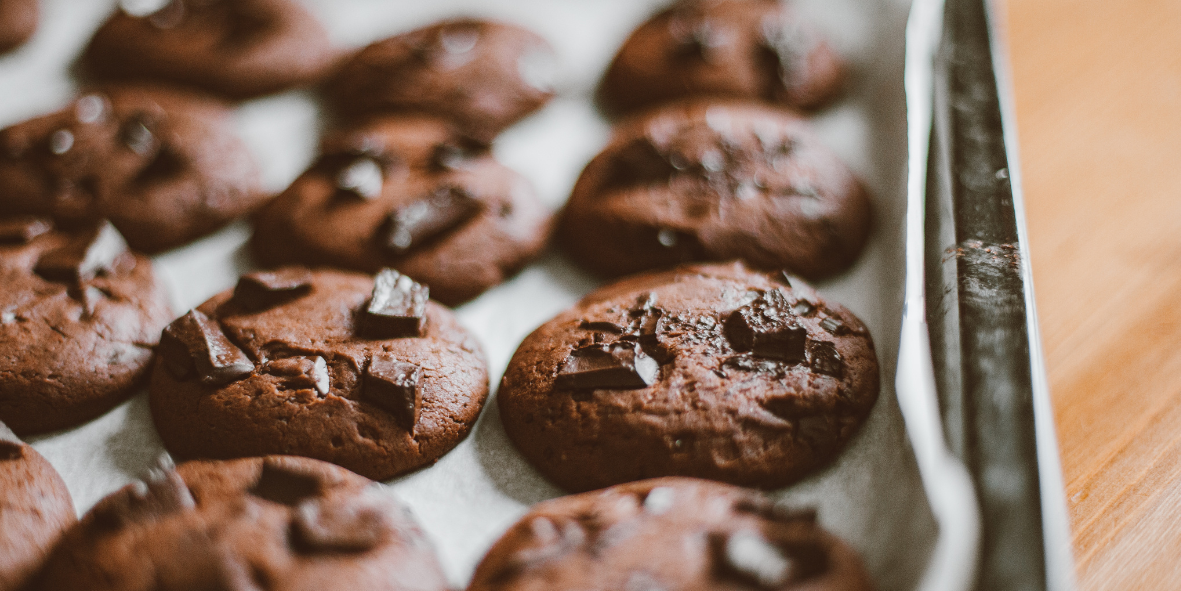
We rarely looked at maths on a worksheet, especially fractions, volume and measurements! It may have been once or twice in a lifetime because my kids needed hands-on. It is good for their fine motor skills too, which help with writing when they are ready.
You may see some product links through this blog post, just to let you know, as an Amazon Associate, I earn from qualifying purchases at no cost to you.
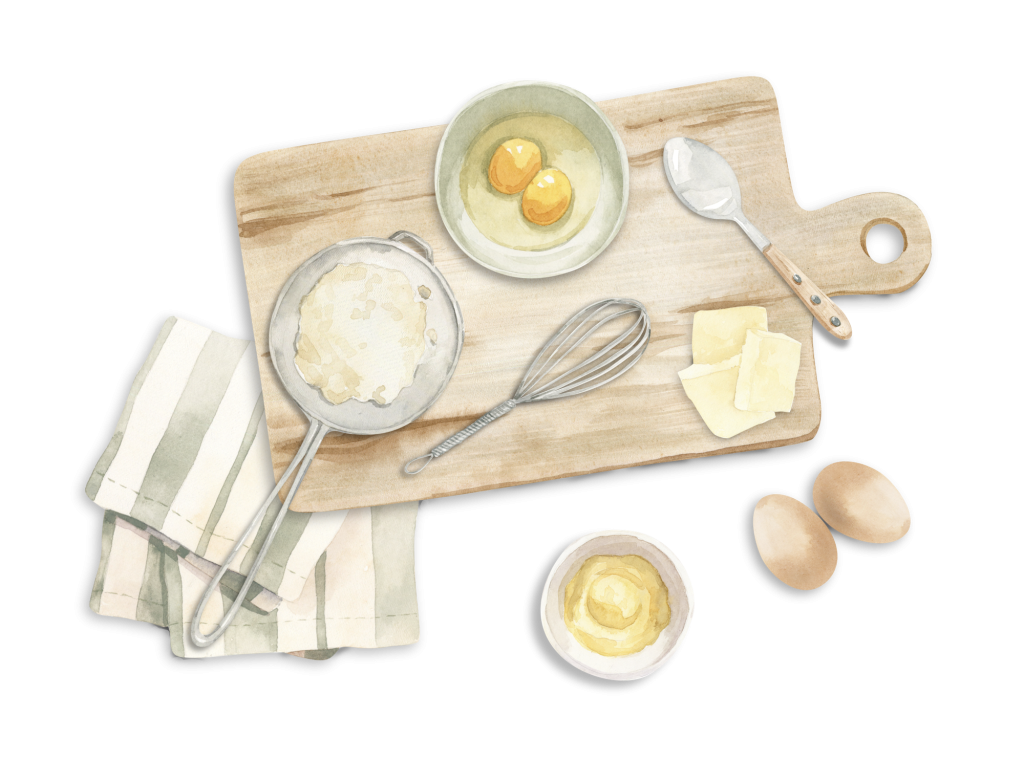
Recipe: Simple Chocolate Chip Cookie Maths
Ingredients:
- 1 cup unsalted butter, softened (teach halves and wholes)
- 3/4 cup granulated sugar (introduce fractions)
- 3/4 cup packed brown sugar (more on fractions)
- 1 teaspoon vanilla extract (to discuss millilitre (ml) measurement units)
- 2 large eggs (counting and division) (odds and evens)
- 2 1/4 cups all-purpose flour (whole and fractions)
- 1 teaspoon baking soda (whole measurements)
- 1/2 teaspoon salt (halving measurements)
- 2 cups chocolate chips (practice counting by twos, fives, tens, etc.)
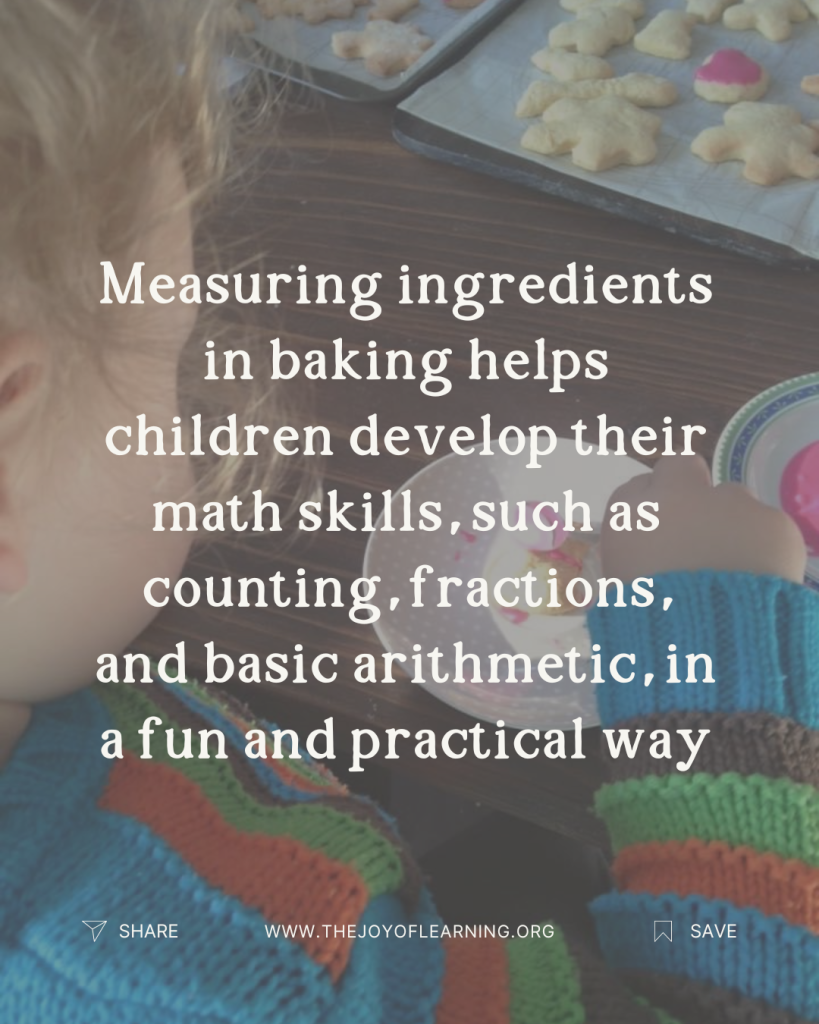
Get a 30-day free Amazon trial and get your ingredients today.
Maths Concepts to Explore:
1. Fractions in Action: This is where the real fun begins. As you help your child use the measuring cups for the sugar and flour ask them to fill a 1/4 cup measure three times to make a 3/4 cup, visually demonstrating how fractions add up in real life. Use measuring cups to demonstrate halves, thirds, and quarters. Ask questions like, “If we need 3/4 cup of sugar, how many 1/4 cups should we use?”
2. Measurement Mastery: Discuss how many teaspoons are in a tablespoon. This teaches measurement conversions and gives a practical understanding of volume. Discuss the difference between a 5ml teaspoon and a 15ml tablespoon. Demonstrate the difference in the volume by adding liquid to syringes, you know the ones you get with medicine. Let them play as much as possible to understand volume. Extend playtime to the bath once they are covered in flour. I shouldn’t laugh but I have been there so many times!!
3. Division Delight: When it’s time to scoop the cookie dough onto the baking sheet, discuss dividing the dough into equal portions, especially if there is more than one child. This is a great way to introduce the concept of division in a fun way. Talk about odd numbers and even! Can they make enough cookies to divide by two people equally or will there be an odd number?
4. Counting Conundrums: Count the chocolate chips or cookie dough balls to incorporate basic counting. Count how many cookies are on the baking tray. There are so many ways to bring counting into baking. Let one child count to 20 while the other stirs and then get them to switch, this teaches turn-taking as well!
5. Shape Sensation: Use this opportunity to explore shapes. Can they form a circle or a rectangle with the dough. What shape is the clock, is it the same shape as the bowl. Make them aware through conversation and asking questions. Kids love to learn.
6. Time Telling: Baking is all about timing. Use the baking time to discuss the concept of minutes and hours, and how time management is crucial in cooking. Discuss what would happen if you left the cookies in the oven too long. Use the time to count up in 5s and discuss that the numbers on the clock are five minutes apart.
7. Estimation Extravaganza: Before scooping out the dough, ask your child to estimate how many cookies the batch will yield. It’s a fun way to practice estimation, and you can count the actual outcome together.
8. Temperature Talk: Finally, when you set the oven, talk about the role of temperature in baking. This introduces a basic concept of science, showing how heat transforms dough into cookies.
This hands-on baking activity is not only a delightful way to spend quality time with your kids in the kitchen, but it also serves as a practical and delicious way to introduce and reinforce mathematical concepts.
Bringing in Maths concepts while you bake doesn’t have to be done all on the same day. Be natural, talk about what you can as it takes the pressure off you and the kids. You will find the kids ask questions too!
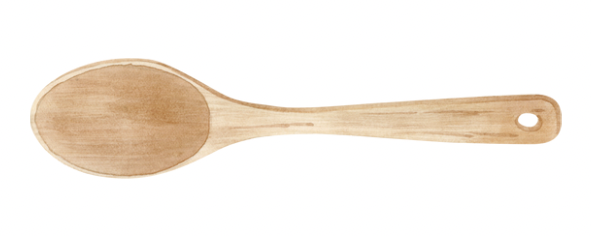
Further ways to help your child learn fractions through play
While waiting for the cookies to bake, kids could have a run and let off some steam while estimating the time till the cookies are ready. Or they could play Fraction Bingo or even help you with the washing up! I know which one I would choose!
Instructions for Baking
Here are step-by-step instructions for making Simple Chocolate Chip Cookie Maths:
- Preheat Oven: Preheat your oven to 350°F (175°C), gas mark 4. This ensures that it’s ready when your cookies are prepared for baking.
- Cream Butter and Sugars: In a large mixing bowl, cream together 1 cup of softened unsalted butter, 3/4 cup of granulated sugar, and 3/4 cup of packed brown sugar until smooth and creamy.
- Add Vanilla Extract and Eggs: Add 1 teaspoon of vanilla extract and 2 large eggs to the butter and sugar mixture.
- Combine Dry Ingredients: In a separate bowl, combine 2 1/4 cups of all-purpose flour, 1 teaspoon of baking soda, and 1/2 teaspoon of salt.
- Mix Wet and Dry Ingredients: Gradually add the dry ingredients to the wet ingredients, mixing until a smooth cookie dough forms.
- Add Chocolate Chips: Fold in 2 cups of chocolate chips into the cookie dough.
- Form Cookie Dough Balls: Using a spoon or cookie scoop, scoop out portions of the cookie dough and roll them into balls.
- Bake Cookies: Place the cookie dough balls onto a lined baking sheet, leaving space between each one. Bake in the preheated oven for 10-12 minutes or until the edges are lightly golden brown.
- Cool and Enjoy: Once baked, remove the cookies from the oven and allow them to cool on the baking sheet for a few minutes before transferring them to a wire rack to cool completely.
Enjoy!
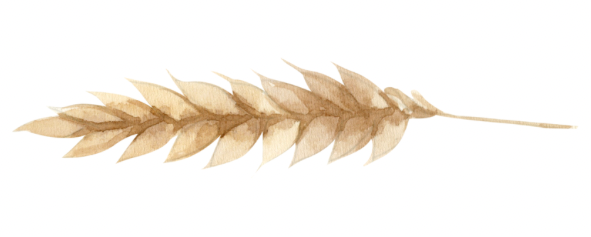

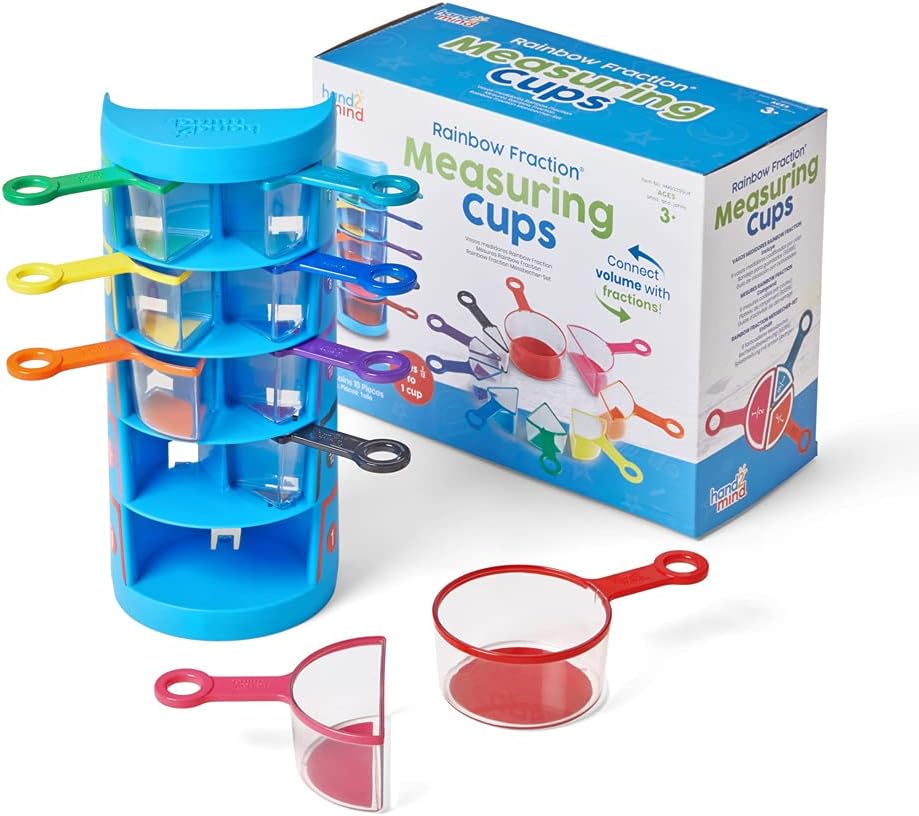
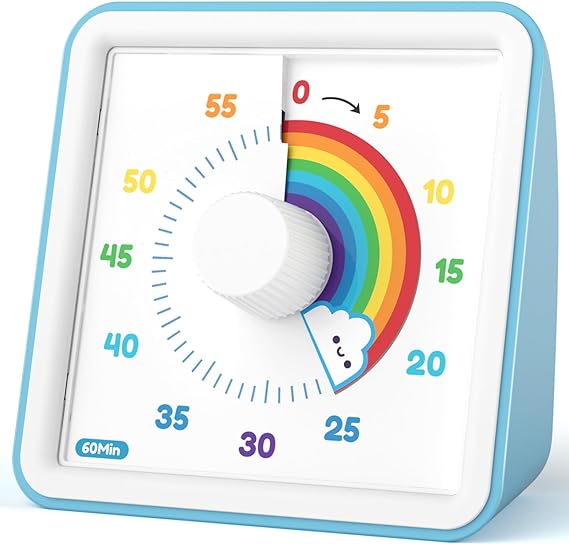
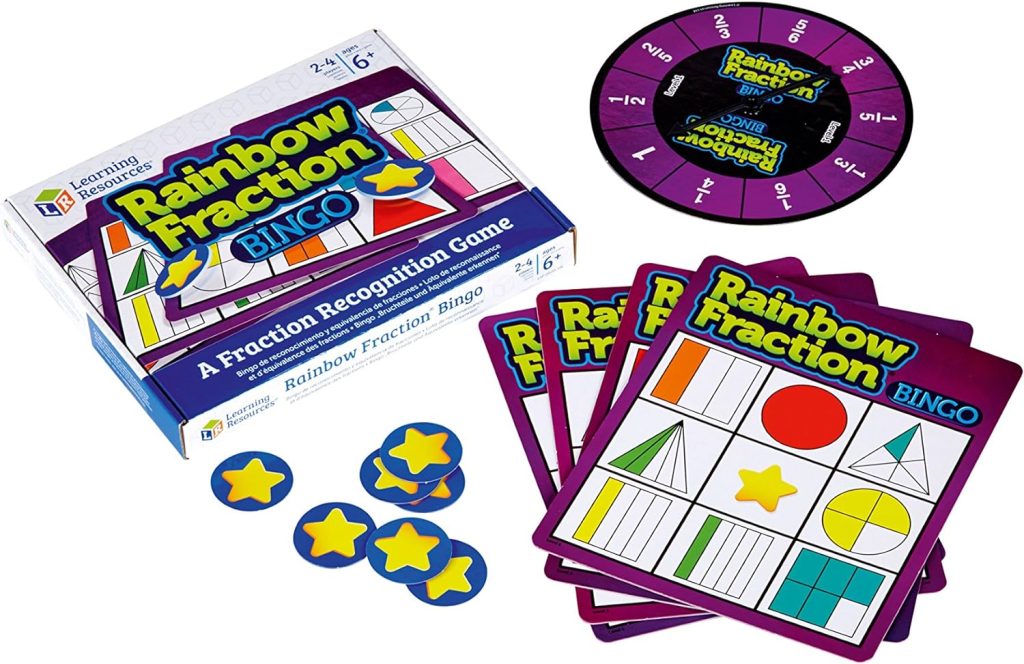


One Comment